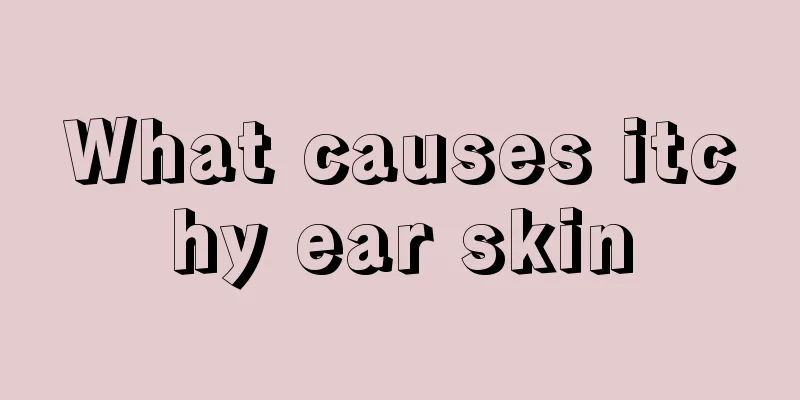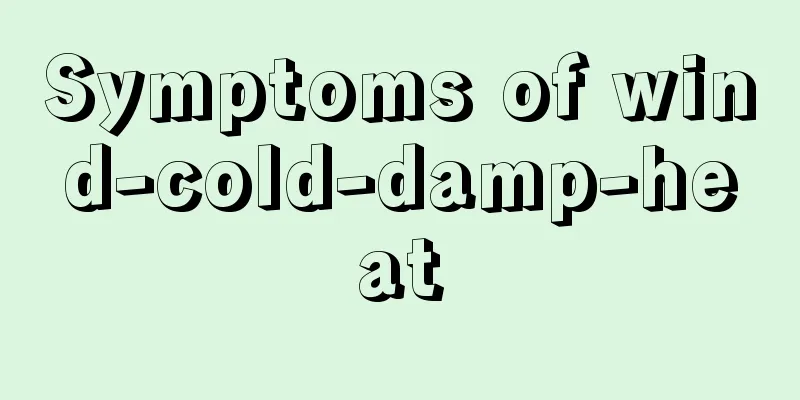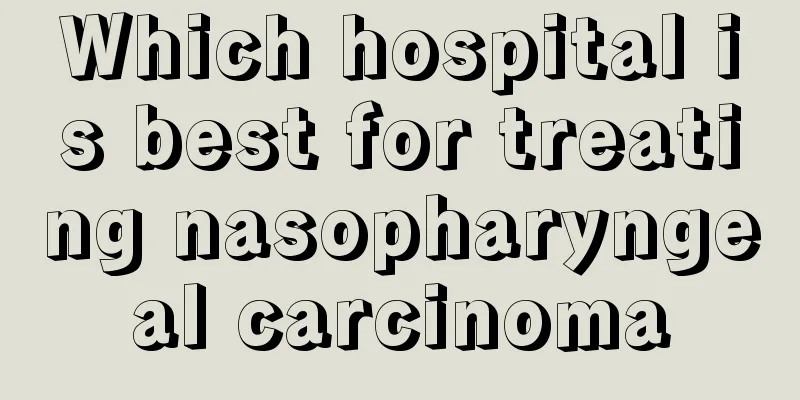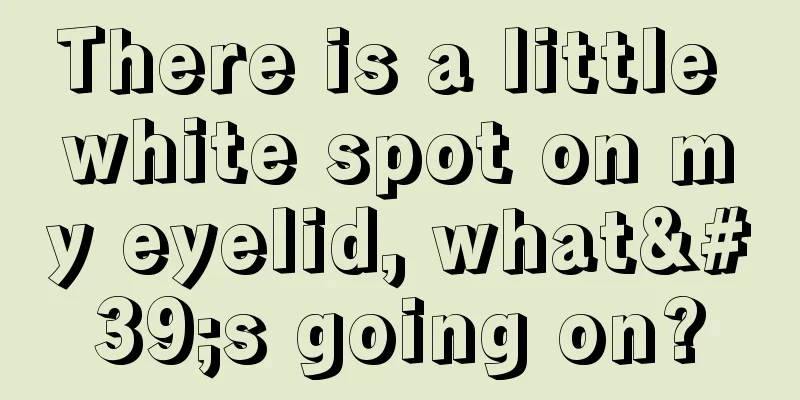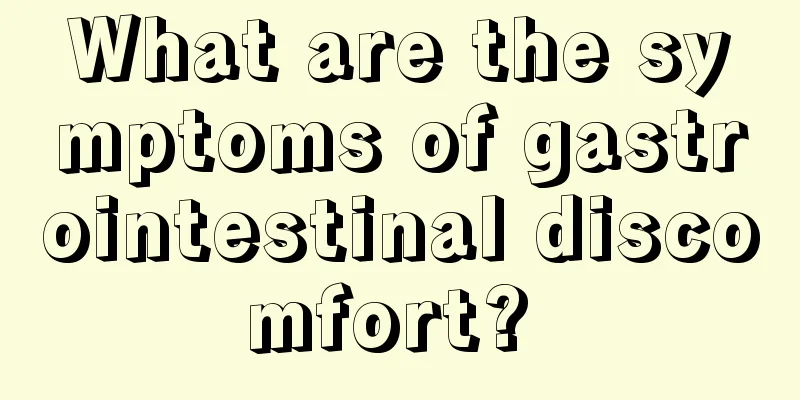How to relieve cholecystitis pain?

|
In daily life, cholecystitis is a relatively common disease and also a disease with a relatively high incidence rate. Generally, when cholecystitis occurs, symptoms of pain will occur. If you want to prevent cholecystitis, you must pay attention to your diet at ordinary times, so as to reduce the occurrence of pain. In your daily diet, you must pay attention to eating less high-fat foods, less high-cholesterol foods, and try to eat light foods. 1. How to relieve the pain of cholecystitis 1.1. Ask the patient to lie on his back with his legs straight and slightly wider than shoulder width apart. The therapist sits in front of the patient's foot, holds the patient's left ankle with his left hand, rotates the left foot outward about 40 degrees, then presses the painful point and pushes from the bottom toward the Qimen and Riyue points. It will be painful at first, then gradually become less painful and feel comfortable, then you can stop pressing. 1.2. Acupressure to relieve pain. Ask the patient to take off his clothes, lie prone, and press the three acupoints of Liver Shu, Gallbladder Shu, and Spleen Shu with his thumb or palm. If the colic still persists after pressing in this way, you can use a steamed or boiled towel to apply hot compress to the Qimen point under the right breast and the epigastric area under the xiphoid process (heart), and the pain will stop. 1.3. Ask the patient to lie on his left side with his right hand stretched out and raised toward his head. The therapist stands in front of the top of the patient's head and holds the patient's right elbow with his left hand. At the same time, he pulls the patient's right hand upwards. After pausing for a while, he pushes the Hegu point in the opposite direction (towards the liver). Repeat this process slowly three times and the colic will disappear. 2. Folk remedies for treating cholecystitis 2.1. Centella asiatica is used to treat cholecystitis: 30 grams of Centella asiatica, 15 grams each of Artemisia capillaris and Curcuma aromatica, 9 grams each of Citrus aurantium and Aucklandia lappa, and 9 grams of raw rhubarb. According to the traditional Chinese herbal medicine decoction method, wash and process the above-mentioned medicinal materials, simmer on high heat for 30 minutes and then on low heat for 20 minutes. After everything is done, simmer for the second time in the same way and combine the two decoctions together. In order to better exert the effect of the medicine, it is best to take it after meals, 1 dose per day. 2.2. Artemisia Capillaris Biliary Tract Decoction for eliminating gallstones: prepare 78 grams of Artemisia Capillaris, 39 grams of Gardenia Jasmine, 9 grams of Scutellaria baicalensis, 39 grams of Atractylodes macrocephala, 39 grams of Costusroot, 39 grams of Rhubarb, 78 grams of Centella asiatica, and 39 grams of Bupleurum. Then decoct it in water and take it 3 times a day, 100 ml each time. 2.3. Kiwi fruit treats cholecystitis: first prepare 2 kiwi fruits, 5 grams of black tea, and 20 grams of red dates. Wash, peel and cut the kiwi into small pieces. Remove the pits from the dates and set aside. Boil kiwi fruit and jujube in water, add black tea when the soup becomes thick, and cook for one minute. Strengthens the spleen and gallbladder, detoxifies and fights cancer. 3. Dietary taboos for patients with cholecystitis 3.1. Eggs: Eggs are neutral in nature and sweet in taste. Although they can nourish yin and moisten dryness, and nourish blood and replenish the body, people with gallbladder diseases should avoid eating them. Modern medicine believes that eggs contain extremely high cholesterol, and one of the factors that cause gallstones includes cholesterol metabolism disorders, so people should avoid eating foods containing high cholesterol. 3.2. Fried food: Because fat produces acrolein at high temperature, it can reflexively cause bile duct spasm, which is not good for bile duct diseases, so it should be avoided. 3.3. Pepper: hot in nature and spicy in taste. Ming Li Shizhen once said: "Pepper is very spicy and hot, a purely yang thing. Spicyness drives away qi, and heat helps fire. This thing has a thick smell and taste." Cholecystitis and gallstones are mostly evidence of heat in traditional Chinese medicine. Therefore, spicy, hot and fire-helping things should be avoided, including chili peppers, Sichuan pepper, cinnamon, etc. 3.4. Chicken: It is warm in nature, sweet in taste, and is a greasy and stagnant food. People with cholecystitis and cholelithiasis should avoid eating it to avoid irritating the gallbladder and causing biliary colic. |
<<: Pain when pressing on the right lower abdomen of women?
>>: What causes hip pain when running?
Recommend
What should I pay attention to after prostate cancer surgery
There are more and more types of cancer in our so...
What is ige antibody
More and more things in medicine are coming down ...
Can washing hair with ginger water prevent hair loss?
Ginger can be said to be a well-known folk remedy...
What to do if polyps are found during colonoscopy
What should you do if polyps are found during col...
What is the rehabilitation training method for brainstem hemorrhage
Although people now have very good living conditi...
What are the processes of fracture healing?
Fractures are common in life, especially for the ...
How to get rid of beard?
It is a normal physiological phenomenon for men t...
Symptoms of allergy to Danshen injection
I believe that many of us have experienced allerg...
What are the dietary treatments for residual gastric cancer
Experts say that gastric remnant cancer is also c...
What causes pimples on gums?
In our daily lives, we often have some minor prob...
The harm of drinking hot water from a plastic cup
When buying a cup to drink water, people usually ...
Is it good to treat cervical spondylosis with blind massage
Now there are many blind massage shops emerging, ...
What is the reason for upper abdominal pain
The abdomen is a part of the human body that will...
Diagnosis of Primary Cutaneous T-Cell Lymphoma
Primary cutaneous T-cell lymphoma is a type of pr...
Detailed introduction to the five major symptoms of esophageal cancer
In recent years, esophageal cancer has become a m...
